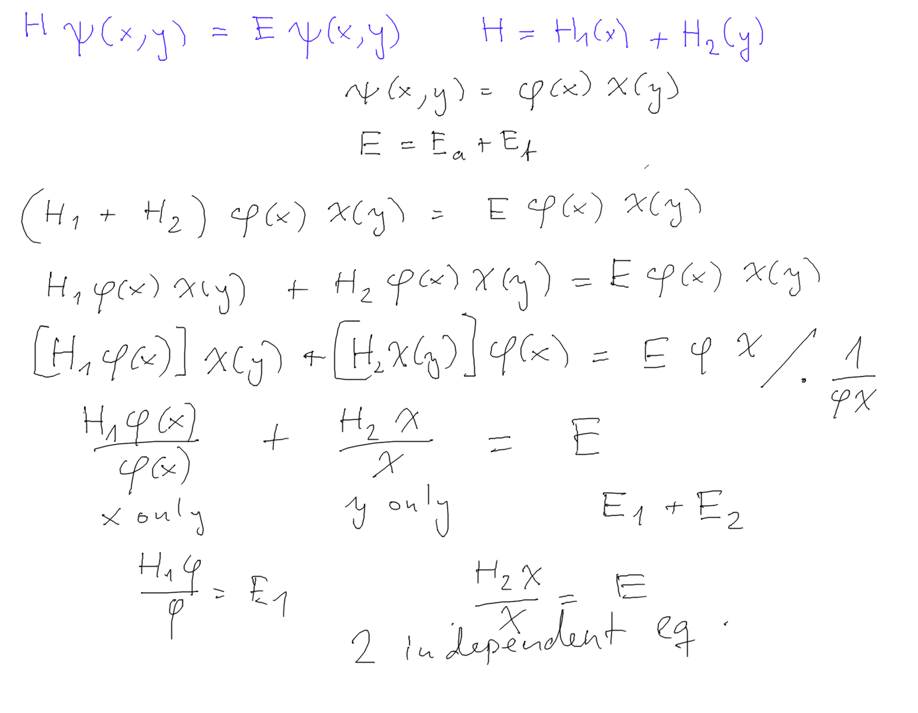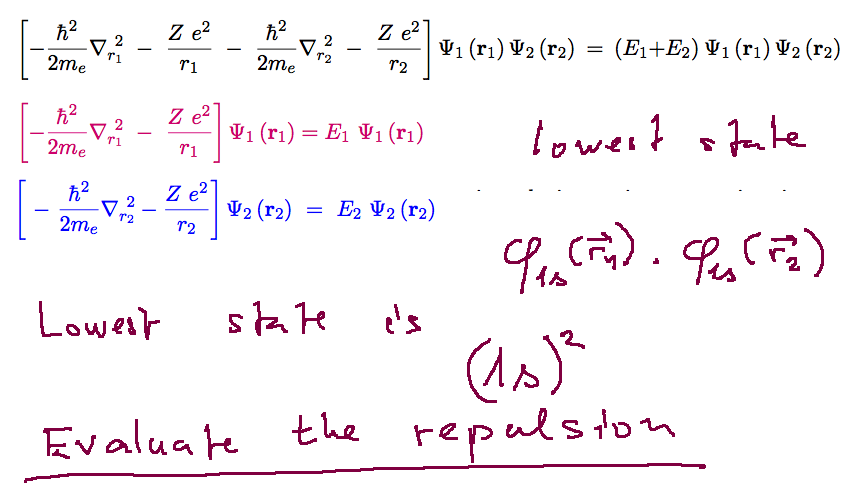
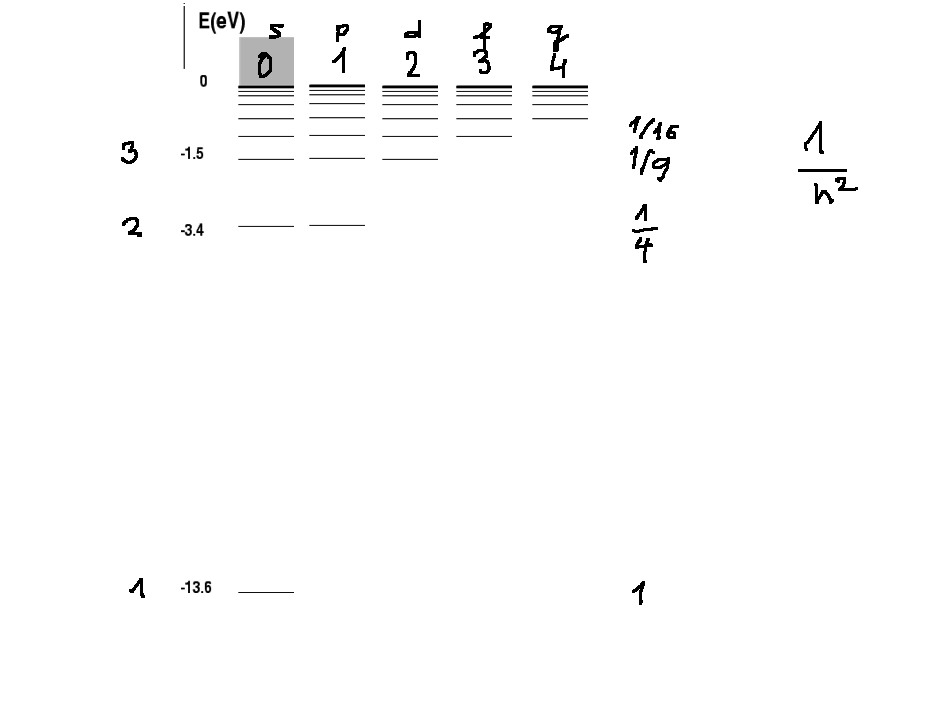
- it is fun and helps understanding



|
and extended it |
 |
| You can use these images for
the exercises - it is fun and helps understanding |
|
|
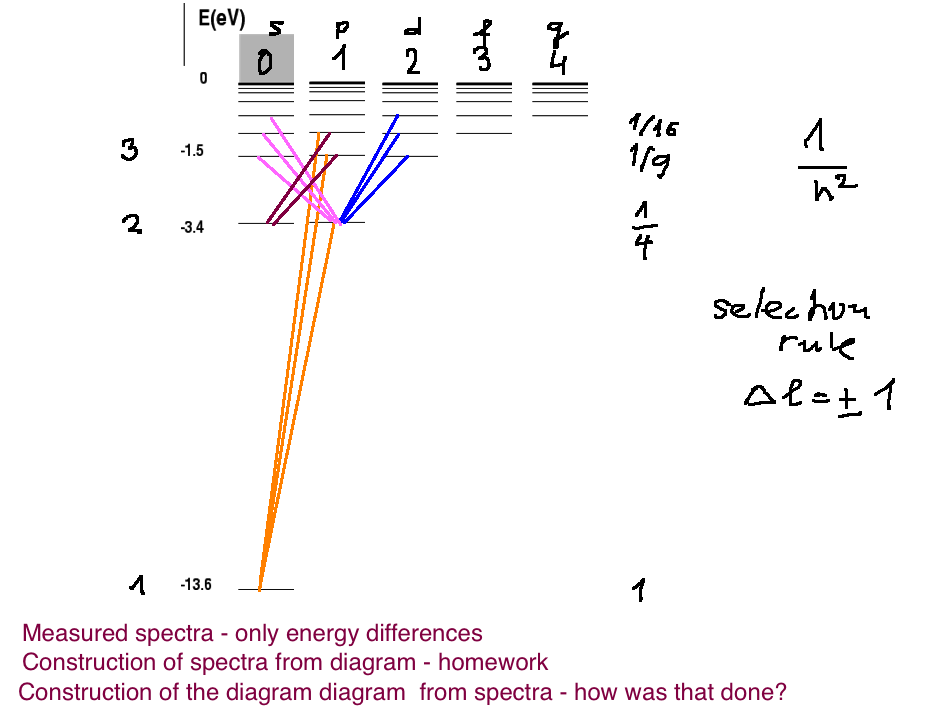
 a3.png
a3.png 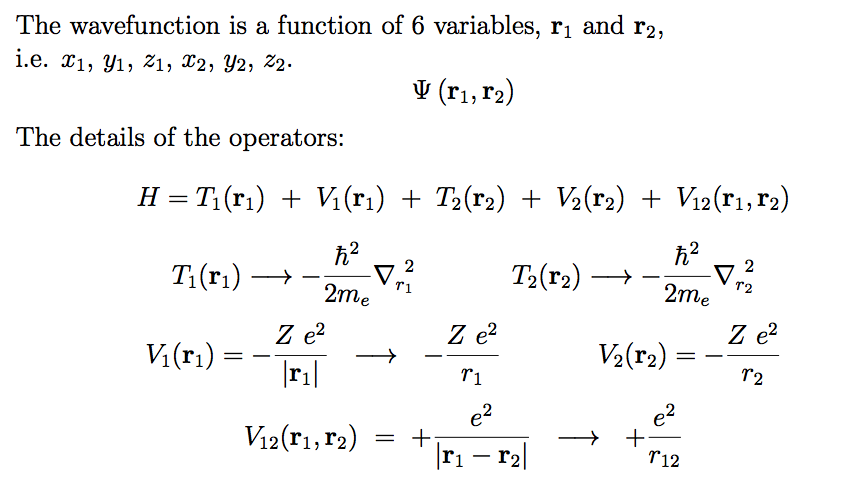 hamilton
operator
hamilton
operator
